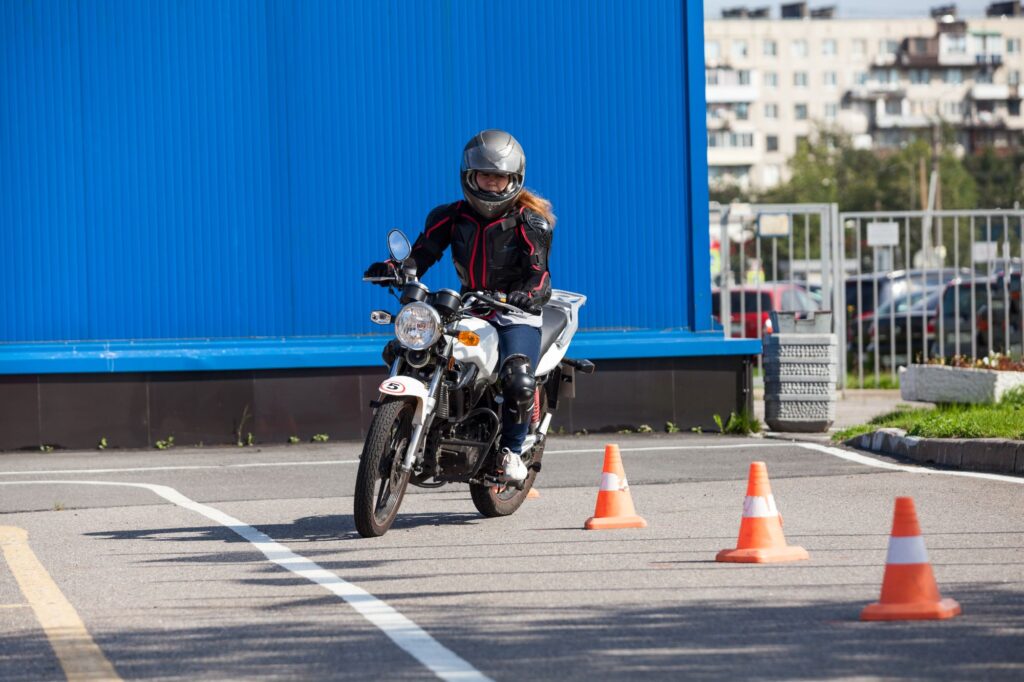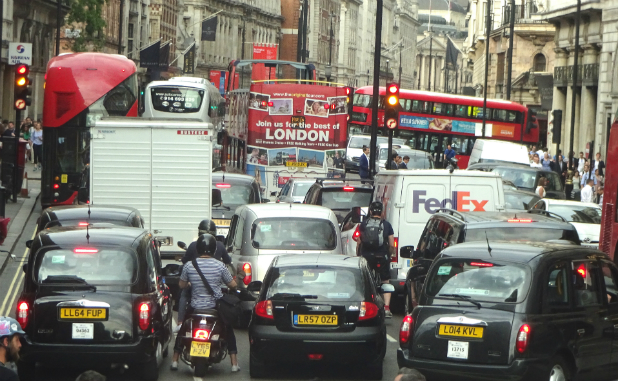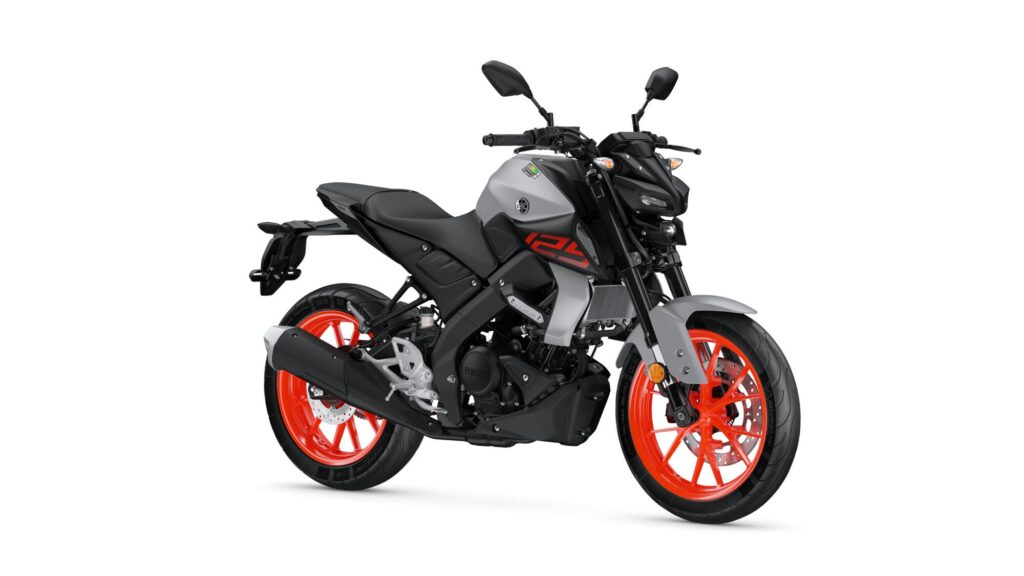
Motorcycling is one of the best ways of getting around, but it can also be pretty risky. Bikers are around 60 times more likely to suffer road deaths compared to car drivers, so it’s important to know how to stay safe. Here we examine how to reduce the risks while biking.
Tips for staying safe on the road while riding
First, let’s look at the numbers. According to government statistics there were 15,838 accidents involving motorcycles in 2021, with 310 fatalities and 5,264 resulting in serious injuries. While these numbers have fallen since 2004, motorcycles still account for about 20% of road casualties while only representing around 1% of the UK’s traffic.
Digging further into the statistics, we can see 67% of fatal accidents occur on rural roads. There are numerous different factors that make rural roads significantly more dangerous than urban routes, but the physical condition of the roads plays a big role. Potholes, ruts and general unevenness can cause big problems for bikers if you’re not paying attention, and even without that kind of wear and tear country roads can have debris (such as mud or a sugar beet fallen from a trailer) which can impair the grip on your tyres.
Beyond the condition of the road, weather and climate can affect how your bike behaves. Obviously icy and wet conditions can be risky, but your tyre’s traction can also be affected during hot weather. Paying attention to the condition of the road and how your bike responds to it is vital.
Visibility remains a key factor in avoiding motorbike accidents
The relationship between the road and the countryside it passes through is an enormous risk factor. Junctions are the most common location for accidents, and the main cause is other road users failing to stop or give way to motorcyclists. Visibility is a key factor in avoiding these accidents, and it’s a good idea for bikers to take steps to make themselves stand out. Leaving a good distance between yourself and cars in front will help to make you stand out more.
There’s a reason why many of the UK’s most fatal roads pass through areas of outstanding natural beauty, with many offering the kind of curving lines that can tempt you to open the bike up a bit and put it through its paces. While the scenery may be stunning and the tarmac stretching out in front of you invites you to burn rubber, you need to stay focussed on the road and what’s on it in order to get where you’re going safely.
While the percentage of fatal accidents that occur in towns or cities is lower, you shouldn’t let your guard down, and remain aware of potential risks.
Junctions are a regular location for road accidents here, too, where it is often more difficult to maintain distance between traffic. Once again, situational awareness is key to avoiding trouble. As well as keeping an eye on traffic merging at junctions to make sure they’re aware of you, you also need to pay attention to cars in front in case they turn or stop suddenly.
Keeping an eye on their wheels will give you an idea of what they’re about to do, often before the brake or indicator lights come on. At T-junctions you need to be mindful of traffic turning left, and you should attempt to leave a gap between you to allow them to do so.
Avoid overtaking on, or near, corners to stay safe
Overtaking is another big cause of accidents. According to the government’s statistics, failure to judge other road users’ path and speed is the second largest cause of serious accidents, so you need to exercise extreme caution while overtaking. This doesn’t necessarily mean slowing down while doing so, it’s more about being sure it’s safe to do so before committing to the manoeuvre. Overtaking on, or near, corners in particular is something that should be avoided.
The statistics show that rush hour, between 4-7pm, is the time when most accidents occur. While you want to get home, you need to stay focussed and alert to the traffic around you, particularly if other drivers are tired and distracted after a day at work.
It’s often said younger riders are more at risk of accidents, but that may not be the case. The figures show the percentage of people involved in accidents remains relatively constant across all ages between 16 and 59, peaking at 18% for 30-39 year olds.
Whether you’re new to the road or an old hand, you shouldn’t be complacent about the potential dangers you face. Taking advanced courses can help to build your confidence and give you the knowledge to ride safely. They’re a good idea for riders of any level, either to build your skills or to correct bad habits that have developed over time.
Bikesure insurance for every biker
Whether you are a daily biker, new to motorcycling or a born again biker, Bikesure will have a motorcycle insurance policy to match your very individual needs. Call 0330 123 1028 for a speedy no obligation quote or request a callback at a time to suit you.





